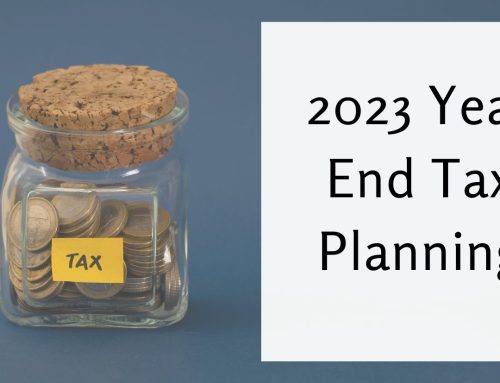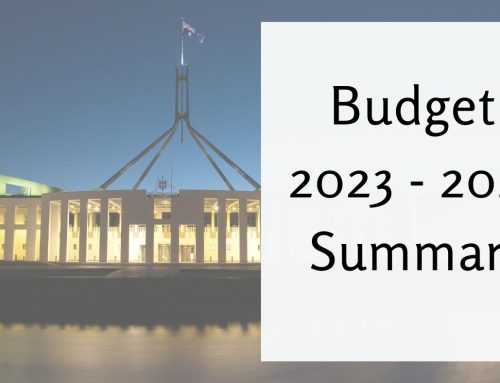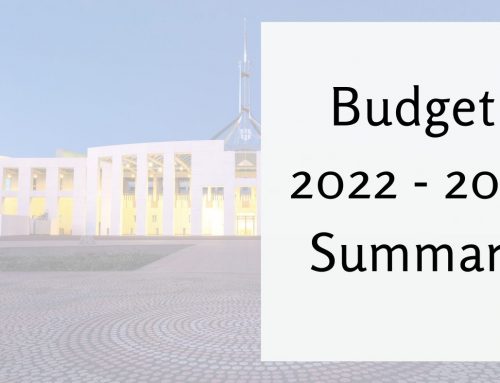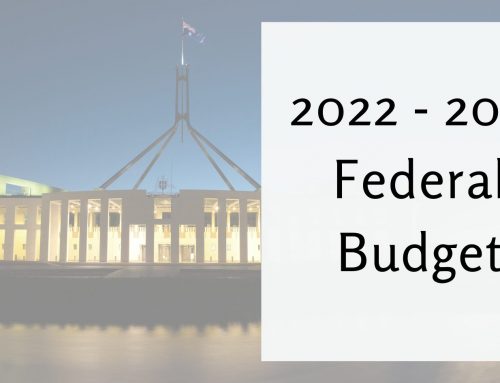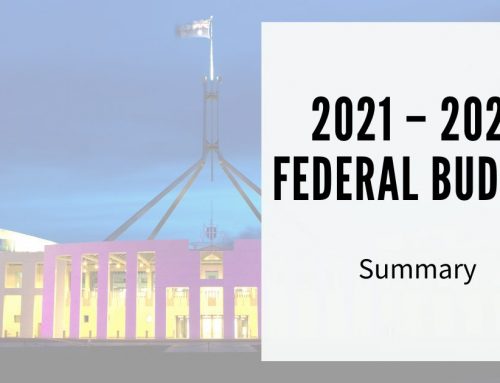While death and taxes are inevitable, the amount of tax you pay can vary depending upon what decisions you make leading up to 30 June. With a few weeks left to go, this is the time to start tax planning and your personal affairs to consolidate your tax position for the 2018 financial year.
Deductible Superannuation Contribution
From 1 July 2017 you no longer have to salary sacrifice to top up your concessional superannuation contributions to ensure you utilise as much of the concessional cap as possible. If you are an employee and your employer will contribute less than $25,000 to your superannuation fund by 30 June 2018, you are able to make a top up contribution to your superannuation fund and claim a tax deduction for the amount you contribute. This was a welcome change and gives you the ability to make a top up contribution in a tax effective manner.
If you are self employed or your income is derived from a combination of business income and employment income then you can also make a personal concessional superannuation contribution and claim a tax deduction.

Prepayment of Expenses prior to 30 June 2018
An individual may prepay certain expenses before 30 June 2018 and claim a deduction for that prepaid expense provided that the prepayment is a period of time not greater than 12 months. Common examples of prepaid expenses are:
- Prepaying interest on an investment property loan
- Prepayment of interest on margin loans
- If self employed, the prepayment of rent
A less common form of prepayment relates to the prepayment of a superannuation contribution. This is specific only to those who either only have investment based income (such as interest, dividends, capital gains or trust distributions) and/or self employed persons who have their own self managed superannuation funds. For those who are eligible, they can prepay their next year’s superannuation contribution (up to the $25,000 concessional cap) in June. The trustees of the Fund place the prepaid contribution into a Contributions Reserve and the trustee has 28 days after the month in which the contribution is made to allocate that contribution to the member’s account. For Excess Contributions Cap purposes, you are not deemed to have exceeded your cap as the prepayment is considered to be a contribution for the following tax year (in this case the 2019 tax year). This works especially well in the case of a one off capital gain or in a year where you experience an increase in your income. In using this type of prepayment the documentation is extremely important and must be completed properly in order to ensure that you are able to benefit from the prepayment as planned.
Managing Capital Gains
As we near the end of the financial year it is important to review your capital gains tax position where you have sold one or more assets during the year or where you are contemplating the sale of an asset before the end of the financial year. Things to consider include:
- If you have sold assets during the year, is there a capital gain or a capital loss on the sale and what is the overall net capital gain.
- Where you have a net capital gain, consider whether there are any assets held where you could realise a loss prior to the end of the year to offset the gain. If not, consider whether you are able to prepay any expenses (including superannuation contributions) prior to 30 June in order to mitigate the tax on the net capital gain.
- If you are contemplating the sale of an asset now that may generate a capital gain, consider whether or not you could defer the sale to after 30 June and defer the gain to the following tax year. If unable or unwilling to defer the sale of an asset then consider options to mitigate the tax on the capital gain.
The ATO will look into artificial sales where there are sales to related parties that have been executed simply to generate a capital loss that is to be used to offset a capital gain unless there is a commercial reason for the transaction. Similarly, if you were to sell a parcel of shares on market to realise a capital loss and then re-acquired those shares a couple of days later then the ATO would call this a “wash sale” and could ignore the transaction for tax purposes.
Other Deductions
In respect to other deductions that could be made prior to 30 June so that you could claim a tax deduction in the current financial year they may include:
- Donations to deductible gift recipients. When making a donation ensure that the donation is made in the name of the person that will maximise the deduction as opposed to making the donation in joint names. If made in joint names then the donation must be split between the parties. It is also important that the donation is actually a donation or gift and not a payment for goods or services. For example, if you were to attend a dinner/ball hosted by a charity then the cost of the dinner is not deductible. The same applies where you buy pens, raffle tickets or Christmas cards from a charity.
- Work Related Motor Vehicle Expenses:
If claiming motor vehicle expenses you have two methods to choose from. The first is the set rate per kilometre method. This allow you to claim up to 5,000 business or work related kilometres without the need to keep receipts or records to substantiate the expense. The only substantiation requirement is that you are able to demonstrate that you would have genuinely travelled the number of kilometres being claimed. The set rate per kilometre method allows you to claim at the rate of $0.66 per kilometre.
The second option is the use of the log book method. This requires you to maintain a log book of business or work related travel for a period of 12 consecutive weeks and the 12 weeks chosen must be representative of your normal work or business travel. You must also keep a record of your opening and closing odometer readings each financial year. Once you have established the deductible percentage you then apply this to the car expenses incurred by you (and not reimbursed) during a financial year. If using the log book method you must be able to substantiate all expenses with receipts. The only exception is petrol where the ATO will allow you to estimate the cost of petrol for the year based on number of kilometres travelled.
- Other Work Related Expenses:
There are many potential expenses that can be claimed and many of these will be occupation specific. Many common work related claims include computer consumables (such as ink and memory sticks), stationery, telephone (as a percentage of the total cost), internet, seminars, reference material, professional subscriptions and memberships and union fees. If claiming more than $300 then you are required to be able to substantiate all expenses claimed.
- Investment Related Deductions:
As a consequence of announcements made in the 2017 May Federal Budget that took effect on 1 July 2017 investment property owners can no longer claim:
Travel expenses related to inspecting, maintaining or collecting rent for a residential investment property
For any investment property acquired after 9 May 2017 you cannot claim depreciation on plant and equipment unless you actually incurred the expense. For example, if you acquired a rental property after 9 May 2017 and it came with an existing hot water service, air conditioning unit, central deducted heating etc then you cannot claim a tax deduction for the depreciation of those items. However, if you had to replace the dishwasher, hot water service or other item then you can claim the depreciation on those items you replaced because you incurred the cost.

